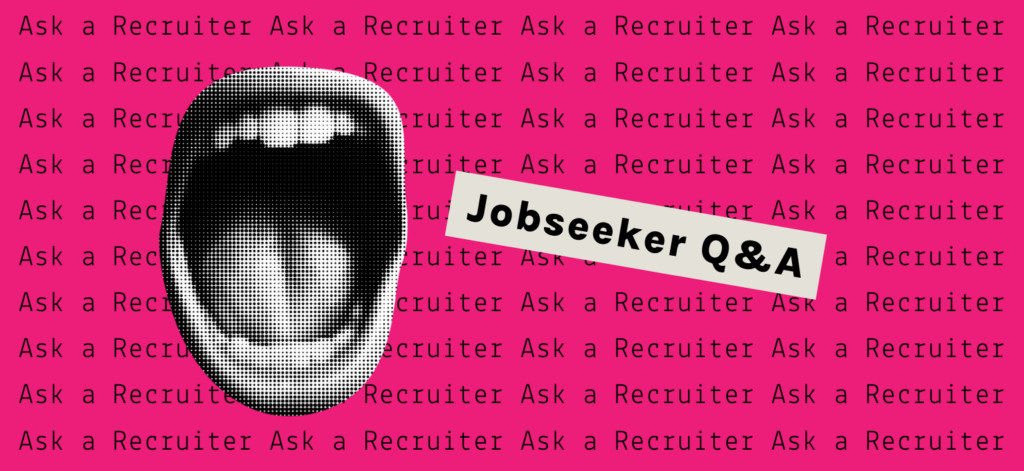Before you walk into a job interview, the employer’s first impression of you has already started. More than any other document, your resume is the first place an employer learns about you. Your skills, your experience, your background, and how you fit into the company; all of these essentials start to form from a first glance at your resume.
If you’ve ever googled the word “resume,” you know there are countless guides and templates available. With so much information on resumes, it can be hard to know where to begin. For most people, it’s best to make sure you have a strong foundation before you worry about things like fonts. Here are my ten essential resume tips:
1. Customize your resume for every job application
First, and perhaps most importantly, customize your resume. Job seekers who customize for each individual job application have a huge advantage over those who rely on using a single generic resume. It takes less time than you might think to customize your resume and it doesn’t have to be complicated. Typically, you should customize your objective, experience, and sometimes your skills. For more tips on customization, listen in to this episode the Find Your Dream Job podcast.
2. Optimize for Applicant Tracking Systems
Applicant Tracking Systems (or ATS) are a huge part of the hiring process for most employers. ATS can screen out candidates that might be a good fit, but their resume does not perform well in the automated screening. Keywords are central in determining which resumes are identified for further consideration, a phone screen, and then ultimately an interview. The higher the ATS scores your resume, the more likely your application will end up being reviewed by a human reader. Simply put, if your resume doesn’t contain a number of these job-specific keywords, your resume won’t be found, and a live person won’t ever read it. It doesn’t matter how qualified you know you are. You have to tell that story strategically in your resume for the ATS to know it, too.
3. Streamline your experience
Most resumes follow the same general format. You start out with an objective statement, go into your previous job positions, and finish with education and reference information. Don’t waste words. Make sure to pick and choose from your previous experience to relate to the position you are applying for.
4. Quantify your achievements
You know your resume should be customized around the specific job for which you’re applying. That means you’re curating your work and educational experience, and you’re also showcasing achievements that prove you can succeed. Be sure to list tangible achievements with verified stats that demonstrate the key contributions you have made to your current employer’s business goals.
5. Address unemployment gaps
A long employment gap on your resume can lead to questions, and if you don’t answer them up front employers may assume the worst. Consider keeping it simple, or pivoting to positives that came from your time away from work. You can write a line or two in your experience section that explains what you were doing during the gap. If your gap was several years ago and/or you’re currently employed, a simple explanation should suffice. Or, consider listing your gap experience just like the rest of your work history. Explain what you did, list highlights and accomplishments, and call out the skills you used during this time.
6. Keep it simple
A hiring manager should be able to get a sense of who you are and your experience with a quick scan of your resume. So, your document must be concise, succinct and precise. Avoid long sentences and big chunks of text. Use active voice. Choose a simple design and font and stick with it. Trying to get too fancy just makes it feel cluttered and outdated.
7. Make it scannable
Can someone understand your professional brand within 10-15 seconds of looking at your resume? That should be your goal, and a headline, objective statement, or summary will help you do that. Everyone who glances at your resume will learn not only what you do, but they’ll also gain a bit of context about what it’s like to work with you.
8. Read your resume out loud
Ignoring a typo or making an error in grammar or punctuation moves your resume straight to the no pile. To catch those mistakes, and improve your writing, read your material out loud. Your ear is the best editor of all and you’ll catch potential inconsistencies in word choice and verb tense.
9. Share your website or portfolio
Keeping your resume short and to the point is essential, and linking to an online portfolio offers you another way to expand on your professional experience, show off past projects, and include more ways for a recruiter to get to know you. You should showcase your most successful work, relevant awards, industry references, work samples, and volunteer experience. Also, don’t be scared to show your personality: information like hobbies, interests, or stories from your travels show your human side and why you’d be a fun person to work with. Finally, don’t be overwhelmed by the idea of setting up your own website to house a portfolio. There are plenty of tools to help you do this more easily, and you can also flesh out your LinkedIn profile to accomplish these goals.
10. Update your resume once or twice a year
One final tip: set a goal to review and update your resume every six months or so. When you let it go too long, it will be harder to update and freshen things up years later. Also, keeping consistent track of your achievements and where you’ve made an impact at work will allow you to make your resume into a living, breathing document that will produce a better resume and save you from scrambling at the last minute. A strong, compelling resume is the key to being ready for new opportunities whenever they present themselves.
Contributed by Mac Prichard, the founder and publisher of Mac’s List, where he writes regularly about job hunting, leads classes on job search skills, and hosts the “Find Your Dream Job“ podcast.




